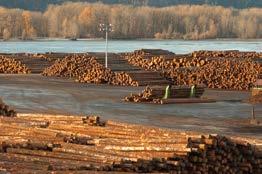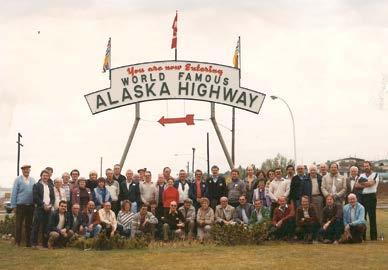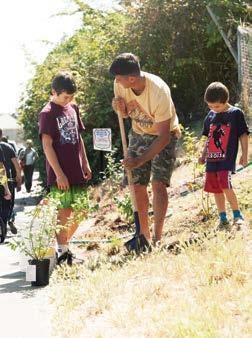
2 minute read
BOOK REVIEW
“Making Vancouver 1863 – 1913” Author: Robert A.J. McDonald
Reviewed by Robert Allen
Robert Allen
First published in The Link, August 2020
Paul Ng, a land-surveyor-in-training in the Lower Mainland, thought I might be interested in this book, a history of Vancouver from its early days to the Depression, just prior to the First World War.
This was a social history of the western part of Burrard Inlet from about the First Narrows to the Second Narrows, including parts of the North Shore, downtown Vancouver, the East Side, Mount Pleasant, and Shaughnessy.
The first sawmill on the North Shore was opened in 1863; by 1864 it was under the control of Sewell Moody. The “town” of Moodyville grew around the mill. Earlier, in 1861, Edward Stamp, a former English Sea Captain, established a large sawmill at the head of the Alberni Canal (Inlet) but it did not meet with success.
By 1865, Stamp was back with more financing from England and chose a spot on the south shore of Burrard Inlet for his new mill; he retired 2 years later and that mill soon fell into financial trouble as well. By 1870, the mill was again opened by Dickson, DeWolf and Company of San Francisco and it soon morphed into Hastings Mill. …this book might interest you.
By 1886, the CPR had arrived and the population and face of Vancouver quickly changed. For quite a number of years, the CPR tried to keep control of the City; that gradually changed and a definite social transformation of the City took place. The so-called “social elite” started off in the West End but later moved to Shaughnessy. The middle-class shopkeepers and tradesmen settled in Mount Pleasant; the labourers migrated to the East End . . . The East End was (and still is) a complex society with citizens from all classes and ethnic backgrounds.
The book has 50 pages of end-notes that always add extra tidbits to the story; the bibliography is 15 pages long. There are numerous photographs throughout the book as well as a few maps and many tables with statistical information.
If you are interested in the social history of early Vancouver and its diverse citizens, early trade unions, and various companies large and small, this book might interest you. s Robert Allen, BCLS (Life Member), CLS (Retired), Sechelt, BC










